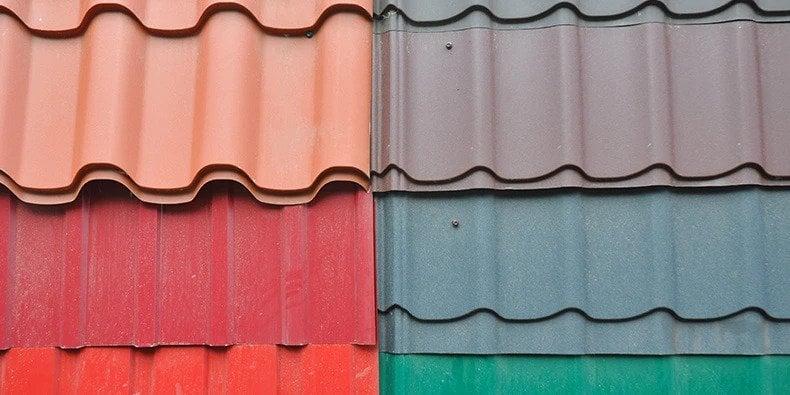When it comes to roofing materials, metal roofs have gained popularity for their durability, energy efficiency, and aesthetic appeal. However, like any other roofing option, it’s essential to understand the facts before making an informed decision. In this article, we’ll explore the key metal roof facts that you should know, including their benefits, types, installation, and maintenance.

The Benefits of Metal Roofing
Longevity and Durability:
One of the most significant advantages of metal roofing is its longevity. Metal roofs can last 40 to 70 years or more with proper maintenance. They are highly resistant to cracking, shrinking, and warping, even in extreme weather conditions.
Energy Efficiency:
Metal roofs are reflective and can significantly reduce heat gain, helping to maintain a comfortable indoor temperature. This energy efficiency can lead to lower cooling costs in warmer months.
Environmentally Friendly:
Many metal roofing materials are recyclable, making them an eco-friendly choice. They can be recycled at the end of their lifespan, reducing the environmental impact.
Variety of Styles:
Metal roofs are available in various styles, including shingles, tiles, and panels. They come in a wide range of colors and finishes, allowing you to choose a look that complements your home’s architecture.
Types of Metal Roofing
Standing Seam Metal Roofing:
Standing seam roofs consist of vertical panels with raised seams. They are known for their clean, contemporary look and are popular in both residential and commercial applications.
Metal Shingles and Tiles:
Metal shingles and tiles mimic the appearance of traditional roofing materials like asphalt shingles or clay tiles. They offer the durability of metal with the aesthetics of these traditional options.
Corrugated Metal Roofing:
Corrugated metal roofing is characterized by its wavy pattern. It’s a cost-effective choice known for its strength and durability. People frequently employ it in agricultural and industrial settings.
Installation Considerations
Professional Installation:
Metal roofing should be installed by experienced professionals who are familiar with the specific requirements of metal roofs. Proper installation is crucial for preventing leaks and ensuring the roof’s longevity.
Underlayment and Ventilation:
An appropriate underlayment and ventilation system are essential for a metal roof. They help control moisture and temperature in the attic, which can impact the roof’s performance.
Maintenance Tips
Regular Inspections:
Schedule regular inspections to identify any potential issues, such as loose or damaged panels, and address them promptly.
Cleaning:
Periodic cleaning can help maintain the roof’s appearance and prevent the buildup of dirt, debris, and algae.
Paint Touch-Ups:
If you have a painted metal roof, touch up any chipped or scratched paint to prevent rust.
Common Myths About Metal Roofs
They Attract Lightning:
Contrary to a common myth, metal roofs do not attract lightning. In fact, they are non-combustible and can help dissipate electrical energy safely in the event of a lightning strike.
They’re Noisy in Rain:
Installers often place an underlayment beneath many metal roofs to actively diminish noise. When correctly installed, they are no louder than other roofing materials during rainstorms.
Conclusion
Metal roofing offers numerous advantages, including durability, energy efficiency, and a wide range of styles. By understanding these metal roof facts, you can make an informed decision when considering this roofing option for your home. Whether you’re looking for a long-lasting roofing material or a way to improve your home’s energy efficiency, metal roofing deserves consideration as a reliable and attractive choice.



Leave a Reply